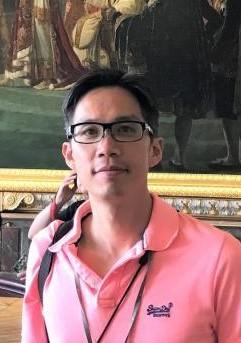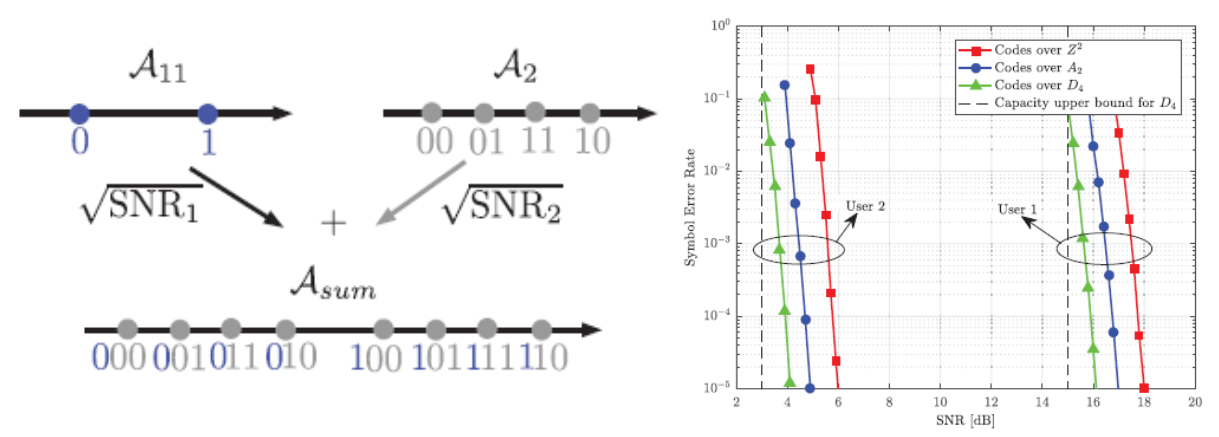Y. Wang, Y.-M. Huang, Alister G. Burr, and K. R. Narayanan, “Multilevel Lattices for Compute-and-Forward and Lattice Network Coding,” in Number Theory Meets Wireless Communications, Editors: Victor Beresnevich, Alister Burr, Bobak Nazer, and Sanju Velani, Publisher: Springer, 2020.





